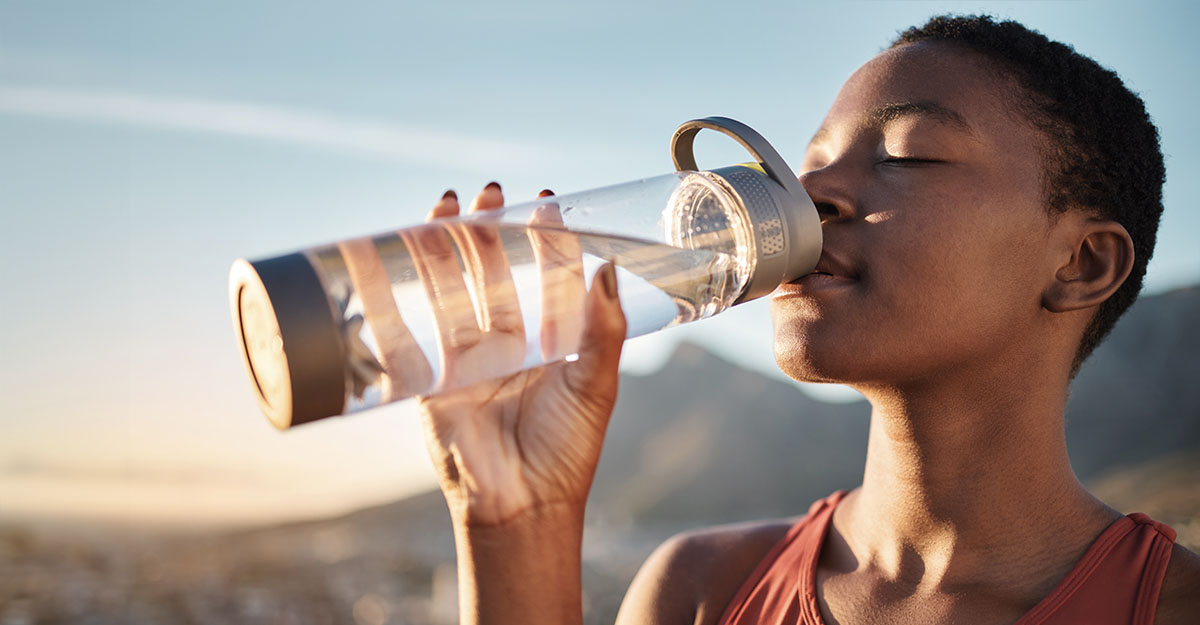
Most of us are familiar with the basic benefits of vitamin D, such as healthy bones and good overall health. But vitamin D also helps with some processes of the body, including muscle function, the respiratory system, cardiovascular function, brain development and the immune system.
What’s more exciting is that scientists are finding that it’s showing even more promise in the areas of preventing and treating serious long-term health issues and diseases. Read more here.
Are you getting enough vitamin D?
According to a Live Science article, there is a growing debate among doctors over whether Americans are getting enough vitamin D. The Centers for Disease Control estimates that 24 percent of Americans have inadequate levels of vitamin D and another 8 percent are deficient in vitamin D. However, these numbers are considered conservative by several medical associations that recommend higher levels of vitamin D per day than the Institute of Medicine. Find more information in this Harvard School of Public Health article.
While there are small amounts of vitamin D in fatty fish, egg yolks, cheese, beef liver, fortified milk, OJ and cereals, and infant formula, your body can’t get enough of its needs from food. So here are some things you can do to make sure you are getting enough of the sunshine vitamin:
- First, expose your bare skin to sunlight (UVB rays). The more skin that is exposed, the more vitamin D produced. Other factors include the time of day, the color of your skin and the place you live. Obviously, this isn’t a problem in the summer or in warmer climates. It’s another story for those of us who have cold, harsh winters. For more specific recommendations, visit the Vitamin D Council website.
- Second, take vitamin D supplements. This is a great way to get vitamin D if you can’t get enough sunlight, or if you’re worried about exposing your skin to the sun’s rays. The Vitamin D Council recommends vitamin D3, rather than D2, in any form. The RDA is 600 IU for both males and females from the ages of 1 to 70, after which it goes up to 800 IU. However, the Vitamin D Council says that most individuals can take up to 10,000 IU per day.
- Third, be aware of the fact that vitamins and minerals work together in the body, so the effectiveness of the vitamin D you do get depends on the amount of those other nutrients present in the body. The most important cofactors of vitamin D are magnesium, vitamin K, zinc, boron and vitamin A. It’s a good idea to analyze your diet to make sure you are getting the recommended dietary allowances of these nutrients. This article talks more about some nutrients that work synergistically with each other.
This health infographic gives you a quick idea who should might be most at risk of a Vitamin D deficiency.

What if I am severely lacking in or getting too much vitamin D?
A severe lack of vitamin D often presents itself as rickets in children or osteomalacia in adults, which essentially means it causes soft, thin and brittle bones. It has also been linked to some other serious conditions. We’ve had individuals in this situation come to our store with physicians’ recommendations for Ortho Molecular’s Vitamin D3 50,000 IU capsules to get them back on track. A 50,000 IU dose isn’t so easy to find, so this particular supplement is one of our better sellers.
Vitamin D toxicity is rare, but most likely to occur from high intakes of supplements containing vitamin D over time. For example, taking 50,000 IU per day for several months has been shown to cause toxicity, according to Mayo Clinic. Since recommended intake levels vary, it’s a good idea to talk to your healthcare provider about what is best for you. Toxicity causes a buildup of calcium in the blood, which results in symptoms that may include nausea, poor appetite, frequent urination, vomiting and kidney problems.
Vitamin D Options from Natural Healthy Concepts
One important note about Vitamin D is that it it best taken with food. Vitamin D is a fat soluble vitamin so it will best be absorbed in meals containing fat.
Many people appreciate the convenience of  liquid vitamin D over capsules or tablets. Here are a couple liquid options:
Vitamin D3 Liquid from Vinco is designed for better absorption; especially helpful for those with  malabsorption issues. One drop on the tongue daily provides 10,000 IU of Vitamin D.
Vitamin D3 1000 IU Liquid from Pure Encapsulations. Each drop contains 1000 IU of natural Vitamin D3 in medium chain triglyceride oil, so it doesn’t require emulsification for absorption.
Vitamin D, like most nutrients, is essential for the body to remain healthy and functioning optimally. To recap, Vitamin D is very limited in food sources so don’t over look the possibility that you  may be deficient. Discuss it with your healthcare practitioner at your next visit!
Stay up to date on current health trends and subscribe to the Natural Healthy Concepts blog below!
* These statements have not been evaluated by the Food and Drug Administration. The products mentioned are not intended to diagnose, treat, cure, or prevent any disease.






